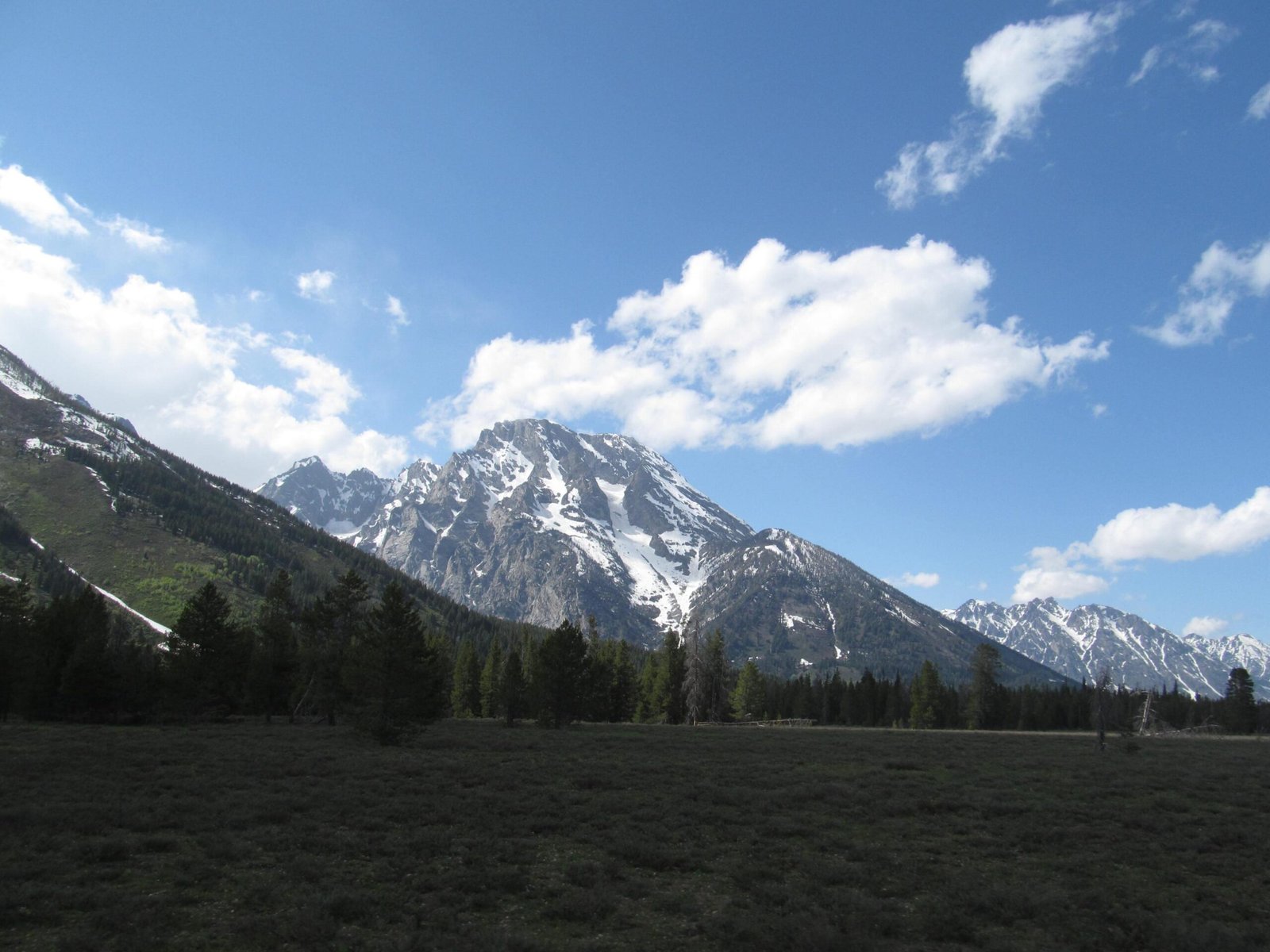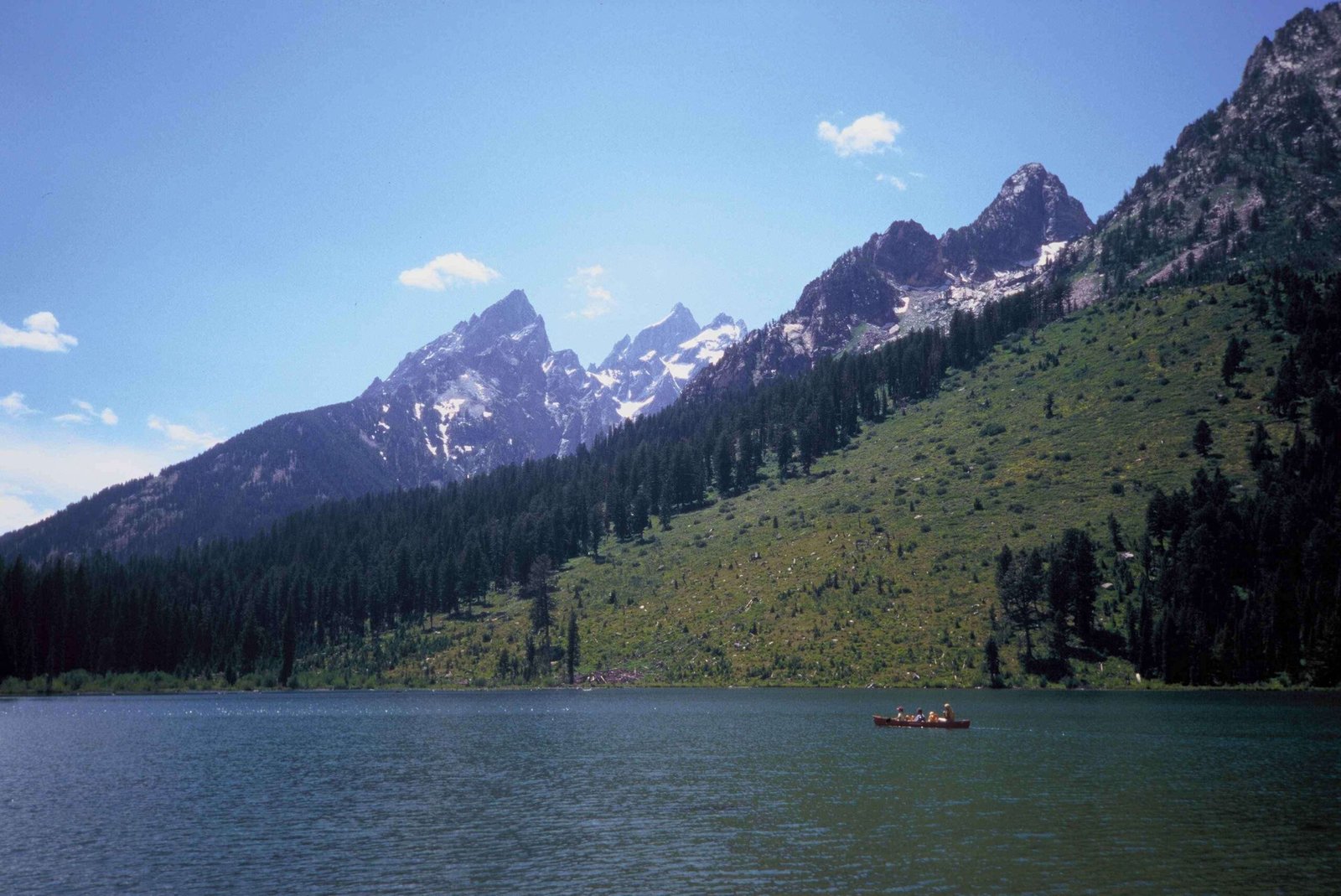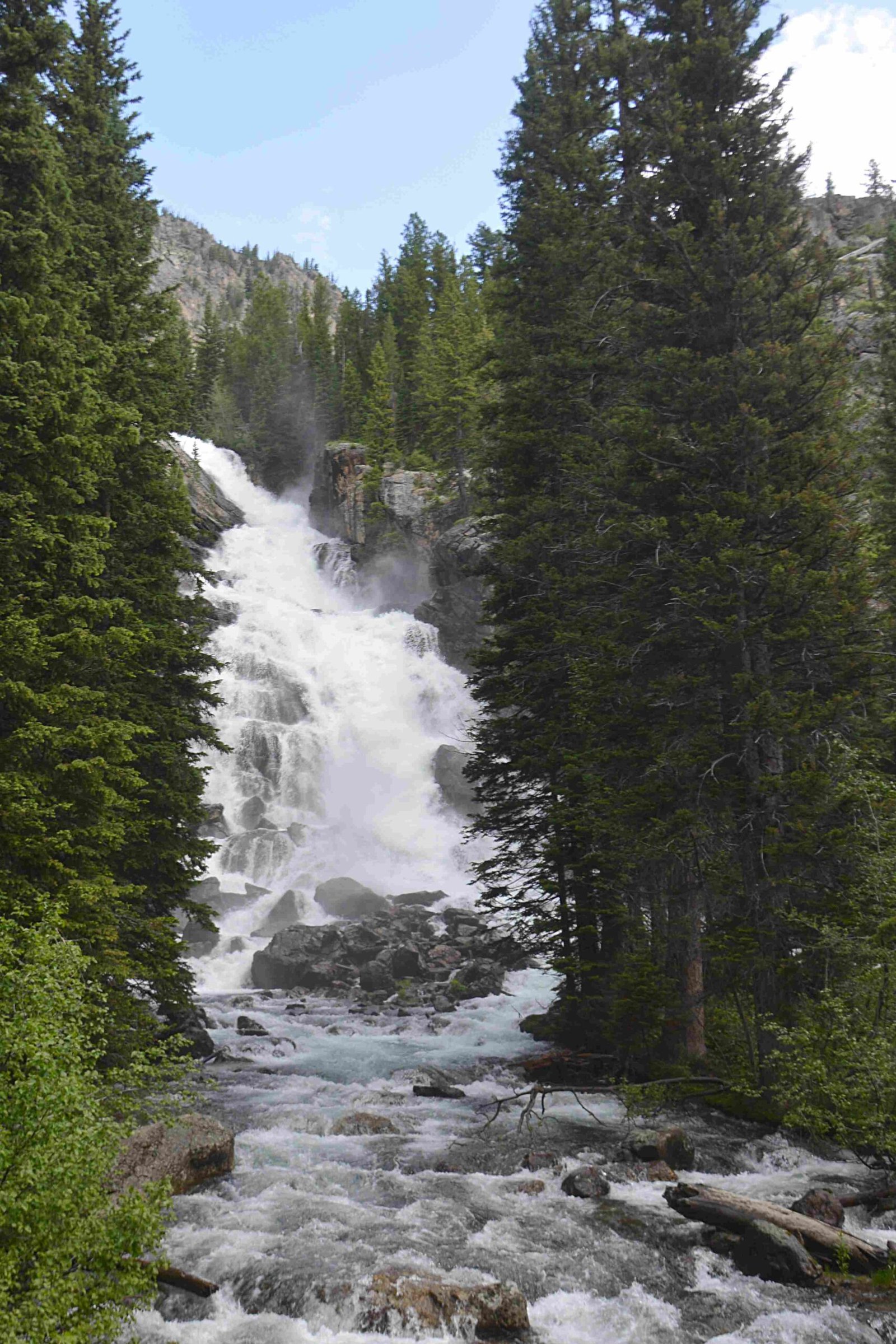Buck Mountain presents adventurers with a challenging alpine hiking experience in Grand Teton National Park, offering breathtaking panoramic views and a demanding 14.9-mile loop that traverses steep terrain, talus fields, and high-elevation landscapes. Hikers will encounter significant elevation gains, complex route-finding, and stunning Teton Range vistas that reward their physical endurance and mountaineering skills.
What Makes Buck Mountain a Unique Hiking Destination?

Buck Mountain stands as a formidable challenge for experienced hikers and mountaineers in Grand Teton National Park. Located in the stunning Teton Range, this peak offers a complex and rewarding hiking experience that demands technical skills and physical preparation.
How Difficult is the Buck Mountain Trail?
The Buck Mountain trail presents multiple challenges for hikers:
| Difficulty Rating | Terrain Type | Technical Complexity |
|---|---|---|
| Class 2-3 | Talus fields | Moderate scrambling |
| Elevation Gain | 4,000-6,900 feet | High alpine environment |
| Trail Length | 14.9 miles | 7-10 hours round trip |
Key Trail Characteristics
- Steep mountain slopes
- Loose rock surfaces
- Multiple creek crossings
- Significant elevation changes
Where Does the Buck Mountain Trail Begin?
Hikers start their journey at the Death Canyon Trailhead, accessible via Moose-Wilson Road. The initial approach involves:
- Following the Valley Trail towards Phelps Lake overlook
- Taking a small trail north into a meadow
- Crossing two creeks in Stewart Draw
- Navigating towards the base of Buck Mountain’s north face
What Technical Skills Are Required?
Successful Buck Mountain hiking demands:
– Advanced route-finding abilities
– Scrambling techniques
– High-altitude hiking experience
– Strong physical conditioning
– Basic rock climbing skills
What Should Hikers Prepare?
Essential preparation includes:
– Topographic maps
– GPS device
– Adequate water and nutrition
– Layered clothing
– Emergency communication device
– Sturdy hiking boots
– Trekking poles
– First aid kit
What Scenic Views Can Hikers Expect?
Buck Mountain offers extraordinary photographic opportunities:
– Panoramic views of Grand Teton massif
– Sweeping alpine landscapes
– Timberline Lake perspectives
– Dramatic cliff formations
– Surrounding mountain range vistas
When is the Best Time to Hike?
Recommended hiking season:
– Mid-July to early September
– Clear weather conditions
– Minimal snow coverage
– Moderate daytime temperatures
Safety Considerations
Critical safety recommendations:
– Check weather forecasts
– Inform park rangers of hiking plans
– Carry bear spray
– Stay hydrated
– Watch for altitude sickness symptoms
– Be prepared for rapid weather changes
Wildlife and Environmental Awareness
Potential wildlife encounters:
– Black bears
– Moose
– Mountain goats
– Elk
– Various alpine bird species
Recommended Gear Checklist
| Essential Gear | Recommended Items |
|---|---|
| Navigation | Topographic map, compass, GPS |
| Protection | Sunscreen, hat, layers |
| Emergency | First aid kit, emergency shelter |
| Hydration | Water bottles, filtration system |
| Nutrition | High-energy snacks, electrolyte supplements |
Final Hiking Insights

Buck Mountain represents a premier alpine hiking challenge in Grand Teton National Park. Proper preparation, technical skills, and respect for the mountain environment are crucial for a successful and safe hiking experience.
Reference:
– SummitPost: Buck Mountain
– AllTrails: Buck Mountain
– Grand Teton National Park Official Site

